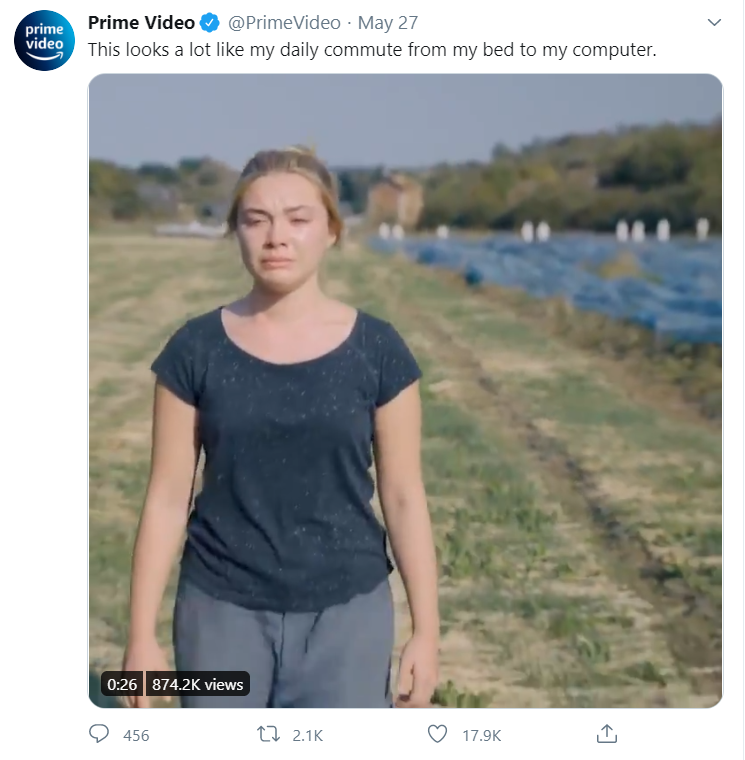Streaming services sing from different songbooks
With a plethora of content, each streaming service seeks unity around its brand voice.
Streaming services differentiate themselves based on both content library and how they present themselves. That is, they differentiate themselves based on what they actually have to offer and how they describe what they have to offer. And what they have to offer is more than just a slew of TV shows and movies—it’s also a mood and an experience.
That mood and experience are especially key at a moment when consumers are inundated with streaming options and switching services at their whim to tune into whatever’s popular at the moment. For streaming services to get customers to stick around, they have to appeal to consumers the way other brands do: by using brand voice and identity to signify a certain set of values.
Since streaming services are, at their heart, digital tools, one set of values that matters is how consumers consider technology. This report examines how streaming services target consumers based on their attitudes toward technology.
Depending on whom they were trying to reach, streaming services depended on their content or their personality.
Social Searchers…
As Netflix imitators spring up, shareable memes abound. Other services such as Prime Video and Peacock tried to strike a similar tone, using memes to suggest that they too were social media natives conversant in the habits of Social Sharers.
Social Searchers want to connect digitally. So Hulu and Prime Video gave them a way to do so. New Watch Party features from the two companies allow viewers to connect digitally over shared content.
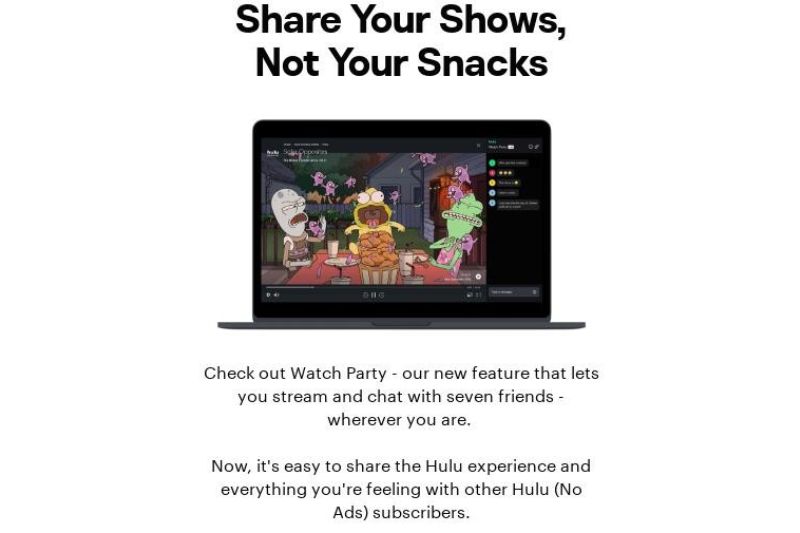
Retro Recluses
Disney+ and Peacock appealed to consumers’ ever-present hunger for stories. By framing content as a “story,” these brands de-emphasized the digital in favor of emphasizing the human.
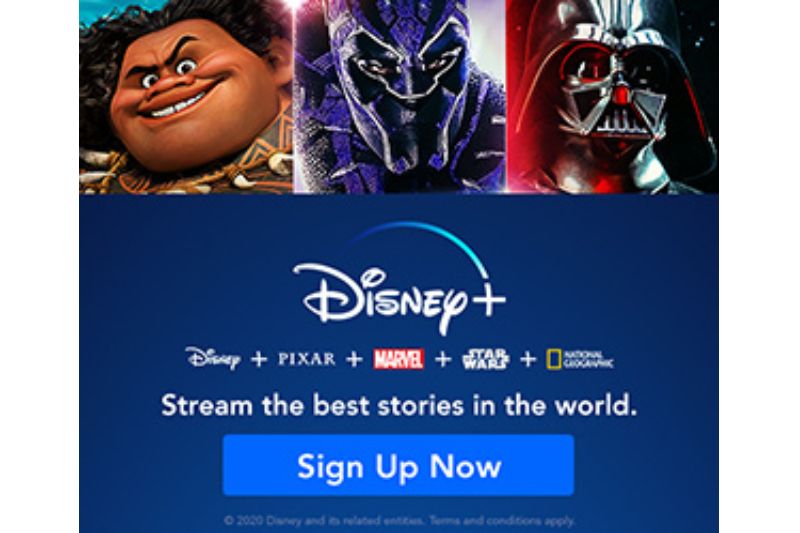
Brands connected to Retro Recluses with nostalgia, bringing to mind memories of shows from the pre-streaming age.
“Retro Recluses want to stick to human interactions they hold dear, and they may gravitate more toward products and services that can provide that,” according to Mintel.
With two frequently occurring subject lines, Netflix encouraged viewers to tune into old favorites. The tone was much different than Netflix’s Twitter voice. The change allowed the company to appeal to consumers who find comfort not in novelty but in what they already know.
Media Movers
Media movers crave variety, and Hulu, Disney+, ESPN+ gave them just that.
In bundle promos, the brands played to their strong suits, with Disney+ emphasizing variety, Hulu highlighting value, and ESPN+ showcasing specific content.

Apple TV+ took a different approach and focused on the novelty of the content itself. While Media Movers want variety, they also want to try new things before everyone else—and they’re willing to pay to do so.
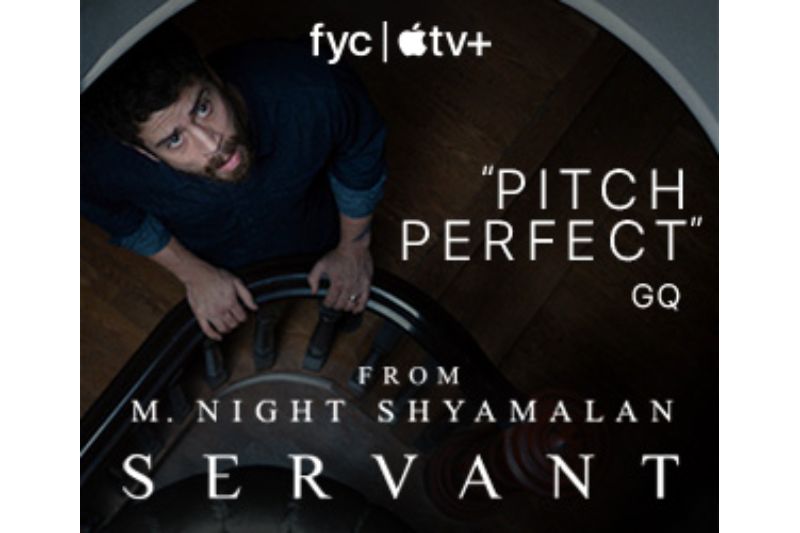
How streaming services say goodbye is important. Many focused on novelty.
Netflix, Disney+, and Hulu all made an appeal to former subscribers’ FOMO. This was a useful tactic to reach Media Movers, who want to watch as much as possible.
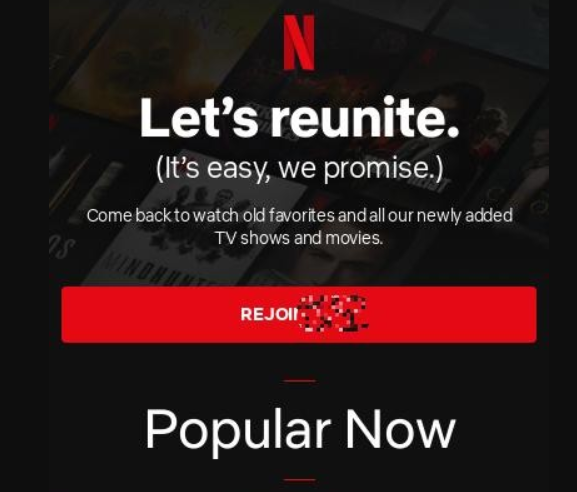
What we think
Streaming services didn’t limit themselves to one approach, instead using various tactics to address each segment’s demands.
Appeal to consumers with content
Appeals to consumers’ content preferences were all about making shows’ and movies’ stories feel personal. Services whose marketing fell into this category, including Netflix and Disney+, relied on nostalgia to connect with consumers on a personal level. Other services, such as Apple TV+, highlighted the novelty of their offerings to reach consumers looking not for old favorites but, instead, for new ones.
Appeal to consumers with personality
While stories are powerful, so is the overall feel of a brand. Streaming services complemented their nostalgia- and story-based marketing with creatives that established the tone of the viewer relationship. Though they sometimes varied their voices depending on channel, they were most successful when they maintained a unified voice across creatives, creating a personality consumers could trust.
